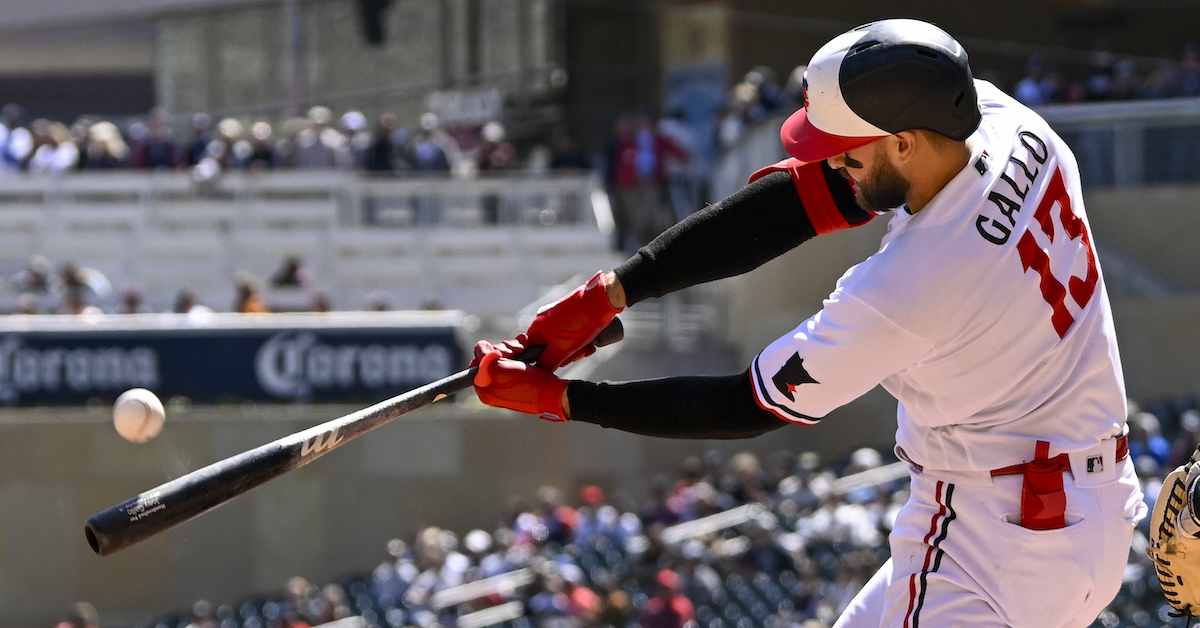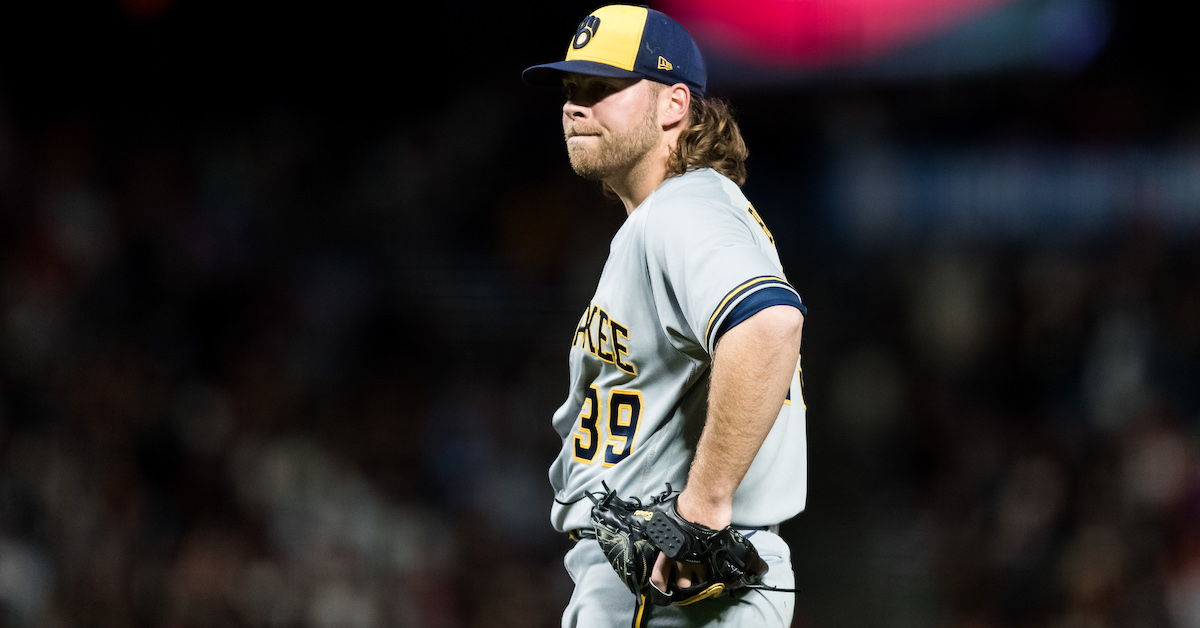A Fascinating In-Game Pitching Adjustment

Anthony DeSclafani put up a clunker last Monday. He gave up five runs and 10 hits over seven innings — to the Nationals of all teams — and the Giants lost 5-1. That’s nothing out of the ordinary; good pitchers have bad outings all the time. DeSclafani has been solid in San Francisco, but he’s more above average than elite. Giving up five runs is hardly an earth-shattering outcome.
Would you find that start more interesting if I told you that all five runs came in the first inning? Probably – that’s a lot of runs to give up in one inning followed by six clean sheets. On the other hand, that’s baseball: sometimes you’re the steamroller, and sometimes the other team has your number for 15 minutes.
Afterwards, though, Maria Guardado’s game story had an interesting detail:
“After the rough start, DeSclafani convened with pitching coach Andrew Bailey in the dugout and learned that he wasn’t getting his optimal shapes on his slider and his two-seamer. He made a mechanical adjustment between innings, tweaking the way he took the ball out of his glove…”
For 100 years, that wouldn’t have been a particularly interesting quote. That’s just the kind of thing that pitchers and pitching coaches say after bad outings. “Oh, I/he was doing this thing wrong, as you can see from the runs. But then we changed that thing, as you can see from the lack of runs afterwards.” But these days, we can go to the tape. Read the rest of this entry »







